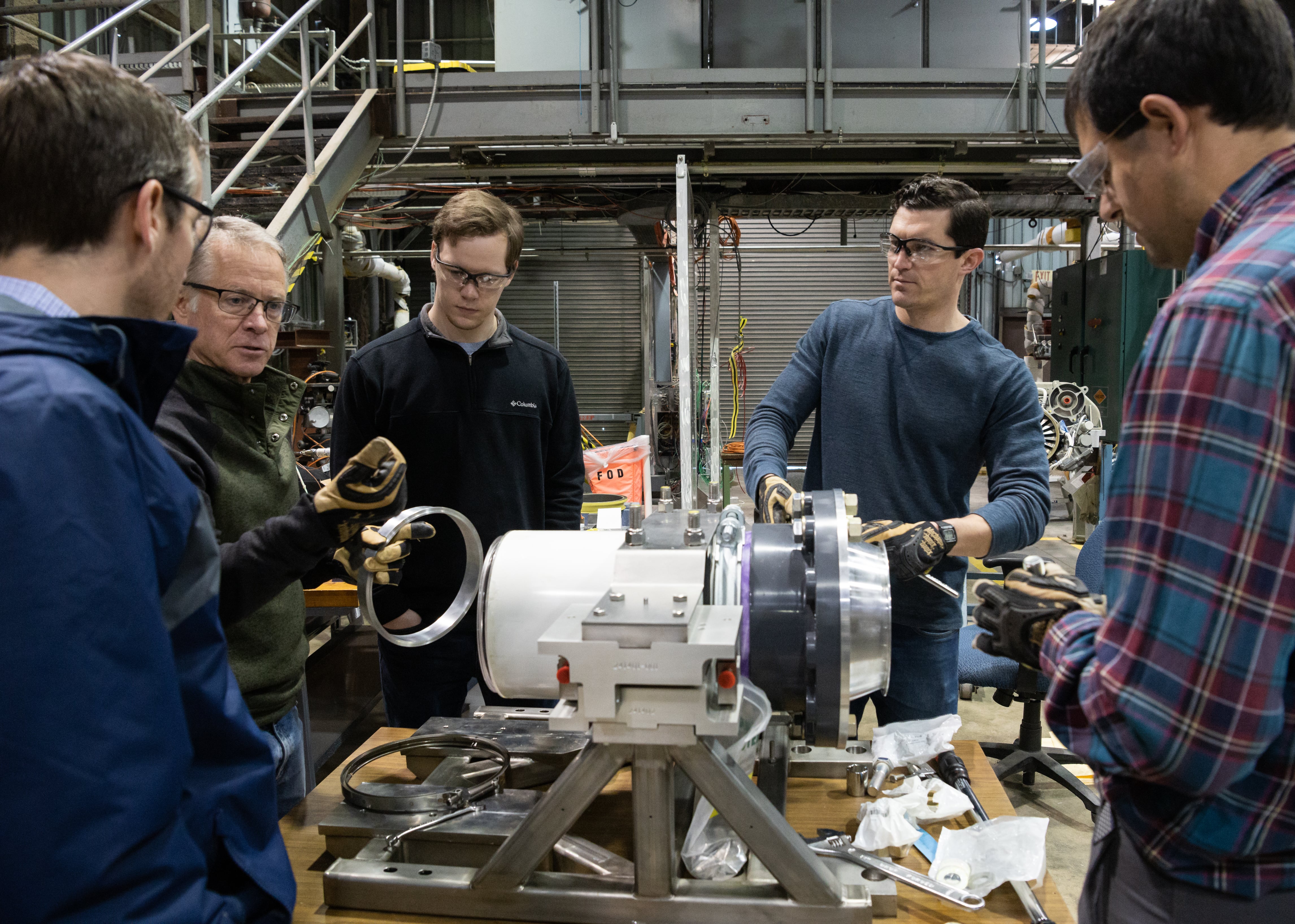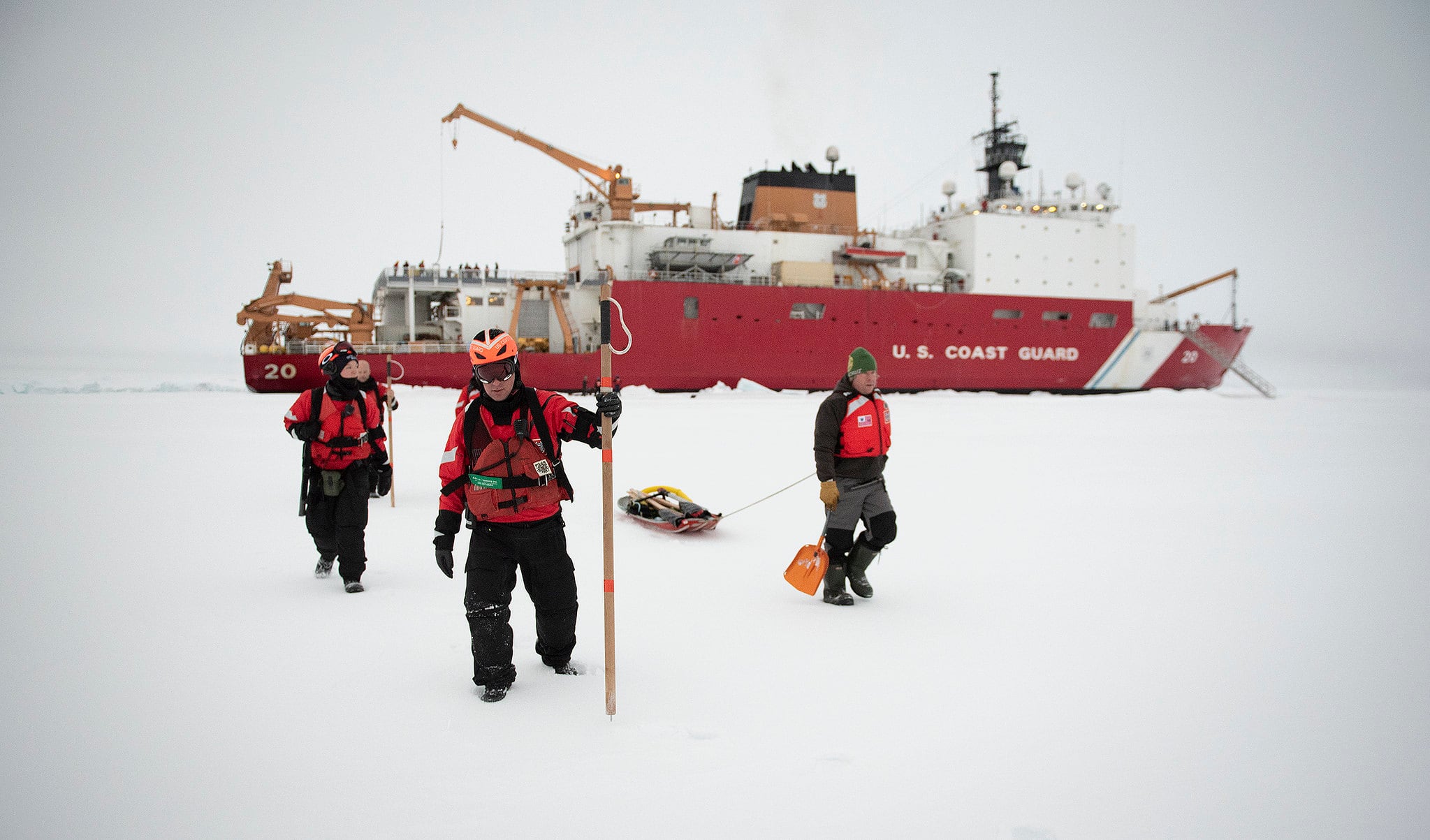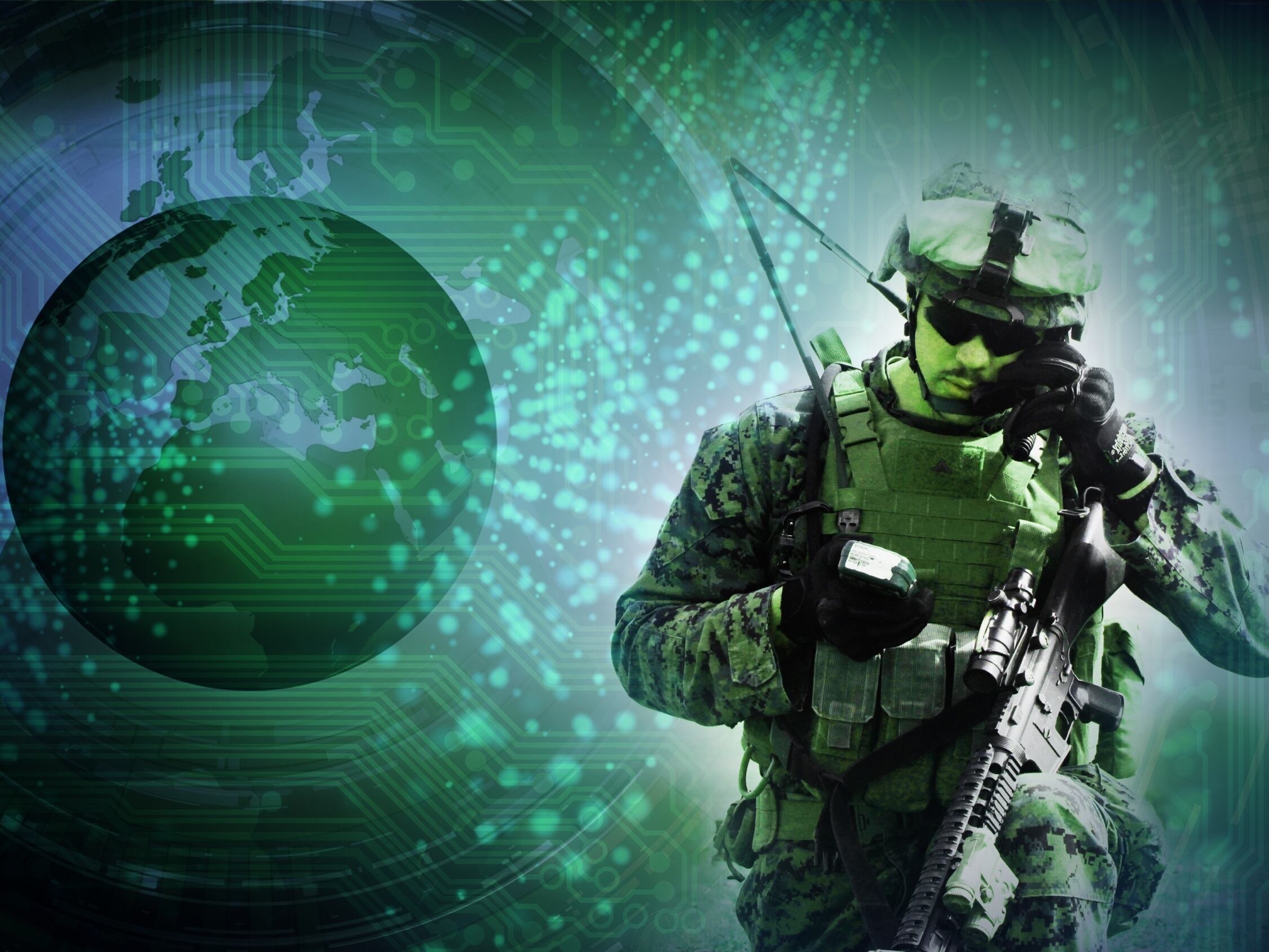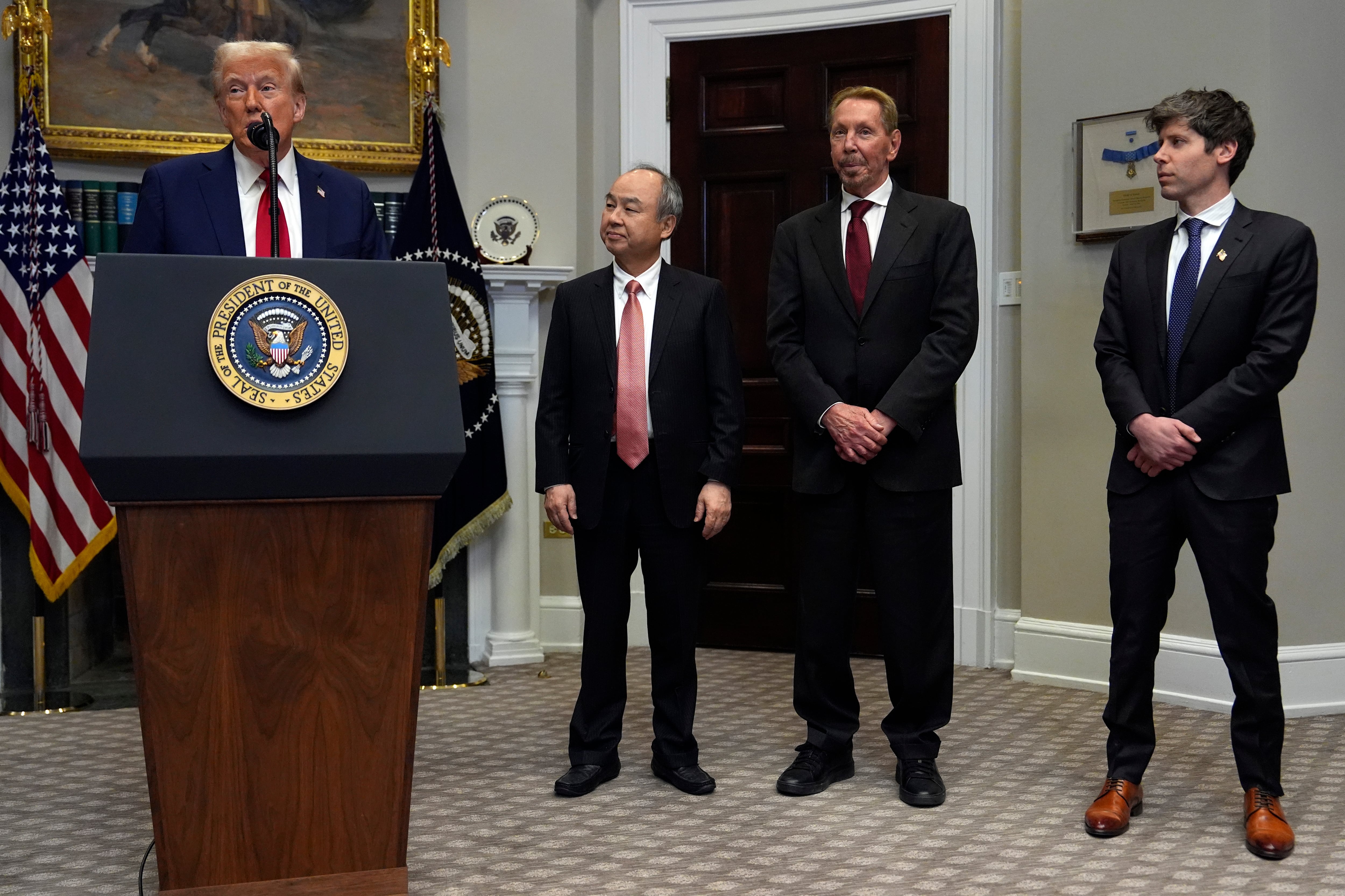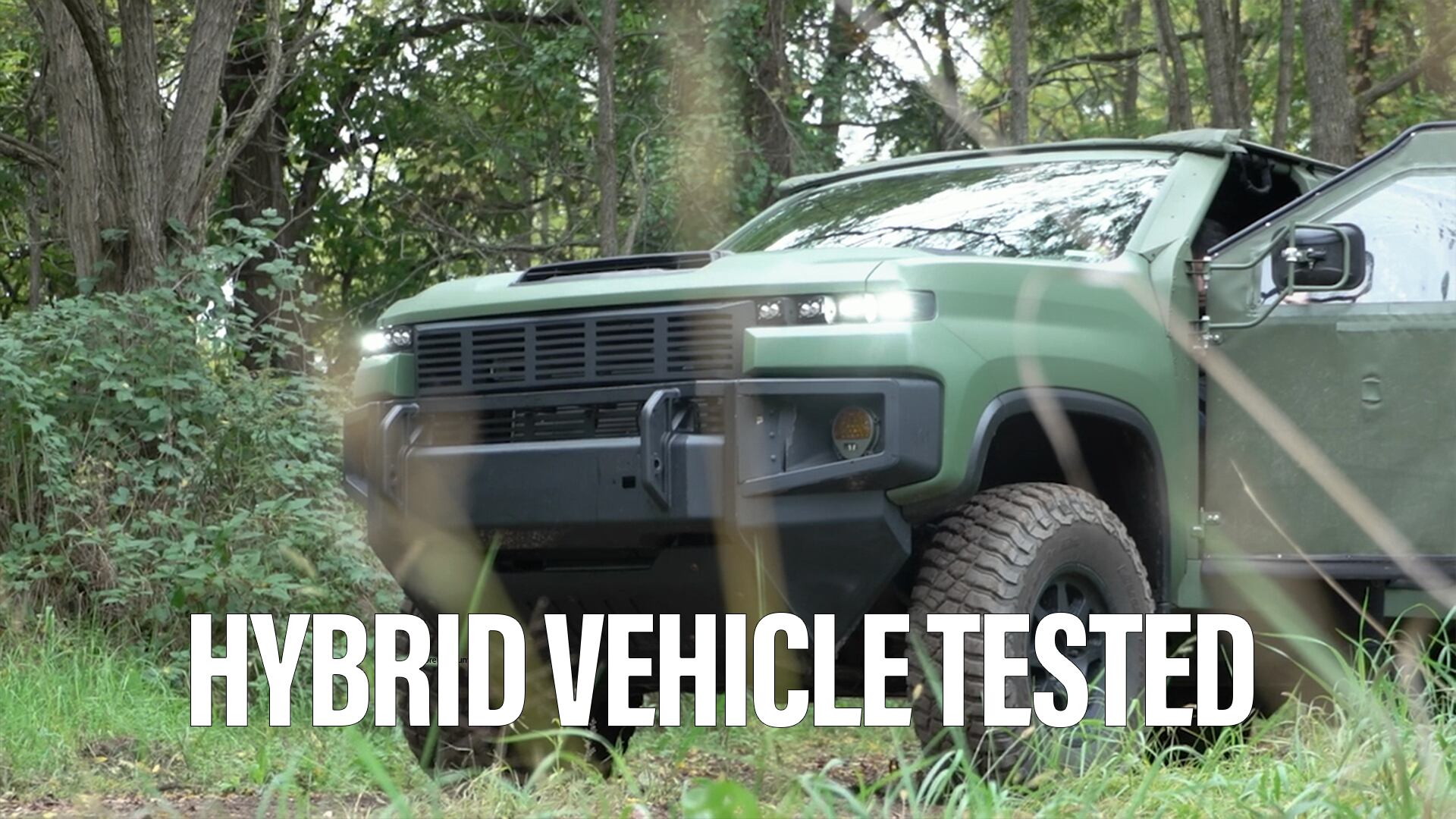Leidos has won a $210 million contract to provide the Army training and simulation capabilities and could provide a more accurate depiction for soldiers headed to Iraq and Afghanistan.
Leidos’s Synthetic Environment Core program, provides high-resolution, realistic, virtual environments with geographic terrain and physical features similar to environments could eventually deploy to.
SE Core builds terrain data sets so that soldiers can practice before they go to where they’re deployed to conduct training or operations, James Shiflett, solutions architect for modeling and simulation strategy at Leidos, told C4ISRNET in an interview. He added that they’re building 3D representations of a wide variety of places to include Iraq and Afghanistan along with other places the Army is being asked to go.
These simulations, Shiflett said, allowed them to practice and rehearse the procedures of what they’re going to be able to do before they get on the ground.
Virtual simulation has been discussed as a critical enabler of engendering greater soldier lethality, a top priority for James Mattis, the secretary of defense.
“If you do something over and over again, you’re going to get good at it,” Shiflett said. “Creating realistic terrain for the applications, the training simulations or other types of simulations or even operational systems allow you to practice so that you understand how to perform your task and you understand what happened and what didn’t happen.”
Shiflett said one mark of success for the database simulation would be if soldiers say after deploying someplace that they’ve been there before and know the way they ought to be going. “That would be what I could call a mark of success in terms of providing a terrain for what the Army has to go out and conduct operations on,” he said.
Mark Pomerleau is a reporter for C4ISRNET, covering information warfare and cyberspace.


